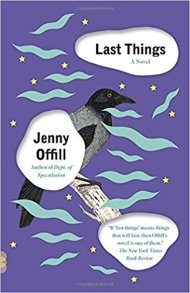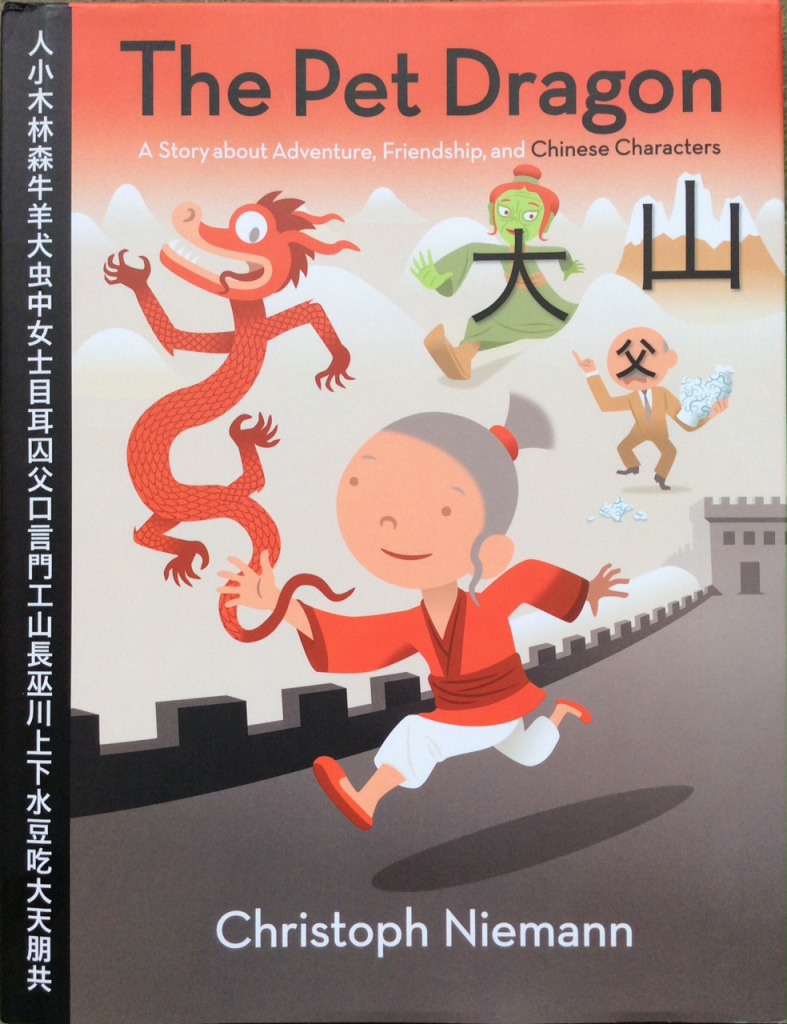Earlier this month, I went on a 6-day camping trip to the Bruce Peninsula National Park. I didn’t have a set plan – all I knew was I wanted a chance to truly look inwards, without my phone documenting the whole process. If you’ve ever been to the Bruce you know how beautiful and Instagram-worthy it is that it’s almost impossible not to whip your phone out and snap a pic…or 100.

A huge part of self-growth is being a student for life and taking your learning to places it’s never been before. Fuelled by curiosity and a strong interest for #plantbasedeverything, I knew I had to go on this Medicine Walk when I saw it posted up on the campsite office calendar.
It never occurred to me that the plants in my own backyard and on on my local trails also have a variety of medicinal and functional uses, aside from just looking pretty and smelling good.

I’ve done my fair share of online research, mixed up my own medicinal plant concoctions, and even extracted orange essential oil in a lab once upon a time. I had the opportunity to get my hands dirty and take my love for learning about plants to the next level.

Guided by Anishinaabe interpreter Lenore Keeshig, our small group embarked on a 3-hour Medicine Walk packed with Anishinaabe cultural history of the area as well as uses for the plants that adorn the Northern Bruce Peninsula.

I had my notebook and camera at the ready, but obviously didn’t get the memo about rain gear or hiking boots (which I don’t actually own…but probably should get on that ASAP).
As a child I remember flipping through a National Geographic issue about Jane Goodall, and since then have always wanted to explore a forest with a notebook and do some fieldwork of my own just for fun.
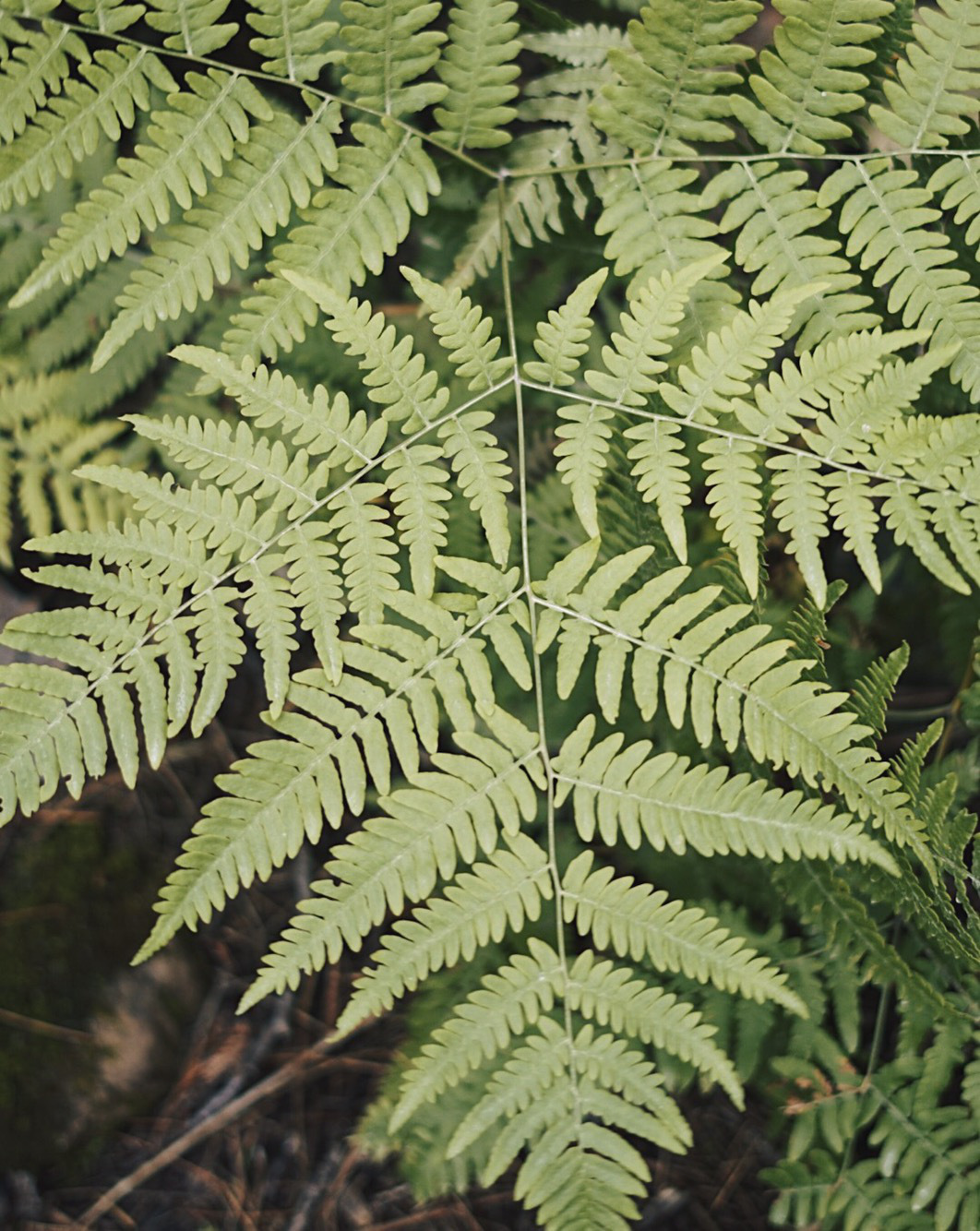
This is just a little piece of what I took away that Thursday morning (plus a few snippets from the rest of the trip); I encourage you to experience the Medicine Walk for yourself – it’s free! I stumbled upon this hike by accident, but I’m so glad I did.

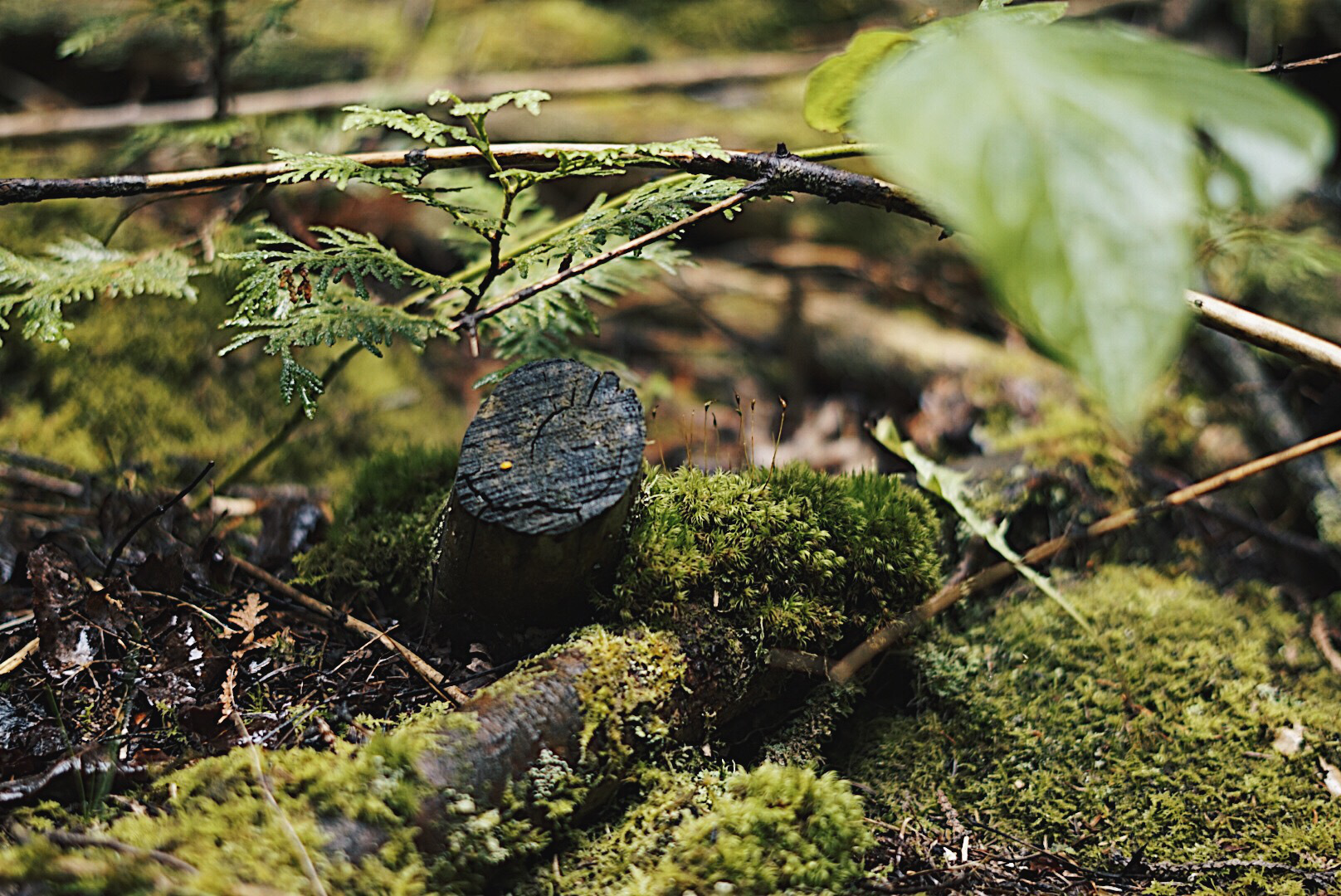
We began the walk by sprinkling tobacco (one of the four sacred medicines) off the trail, as an offering and symbol of thanks to the land for providing for us.

 Cedar Tree Leaves
FOUR SACRED MEDICINES
Cedar Tree Leaves
FOUR SACRED MEDICINES
C E D A R : attracts positive energy
S A G E : cleanses negative energy/troubling feelings
S W E E T G R A S S : persuasion. Men would weave sweetgrass through their braids when courting women. Storytellers would hold or wear sweetgrass when speaking to groups of people.
T O B A C C O : reciprocity. Used as an offering when asking for help. It is always held and received in the left hand, as it is the closest to the heart.
—
 labrador tea // Rhododendron groenlandicum
SMUDGING // PEARLY EVERLASTING
labrador tea // Rhododendron groenlandicum
SMUDGING // PEARLY EVERLASTING
smudging with sage and/or cedar wands to cleanse your space has gained popularity in the wellness industry over the years. Traditionally it is used during prayer and ceremony.
 pearly everlasting // Anaphalis margaritacea
pearly everlasting // Anaphalis margaritacea
I learned that dried pearly everlasting can be used for smudging and the smoke burns the eyes of your enemies – but this medicinal property shouldn’t be taken lightly! Pearly everlasting also belongs to the same family as Immortelle (Helichrysum italicum) which is one of the key ingredients of one of my favourite skincare products!
—BIRCH TREE
(one of the four sacred trees) birch trees are the children of thunderbirds. It’s said that lightning won’t strike birch trees, so if you’re ever caught in a storm, seek shelter under a birch tree! Widely used for birch bark canoes.
—
 Balsam Fir Bark Resin
BALSAM FIR TREE
Balsam Fir Bark Resin
BALSAM FIR TREE
not just your typical Christmas tree. The resin on the tree bark is great for healing mosquito bites, other bug bites, or for inflammation. Who knew?! Keep in mind, this won’t save you from poison ivy!
— red cardinal flowers // Lobelia cardinalis
red cardinal flowers // Lobelia cardinalis
 bearberry (edible but gross, I’ll leave this for the bears) // Arctostaphylos uva-ursi
bearberry (edible but gross, I’ll leave this for the bears) // Arctostaphylos uva-ursi
 Beech tree with BLACK BEAR CLAW MARKS!! omg
Beech tree with BLACK BEAR CLAW MARKS!! omg
I’m terrified of ever running into a bear while camping or hiking. This is as close as I’ve ever gotten to spotting one. We did however see a snake on another one of our hikes later that week..


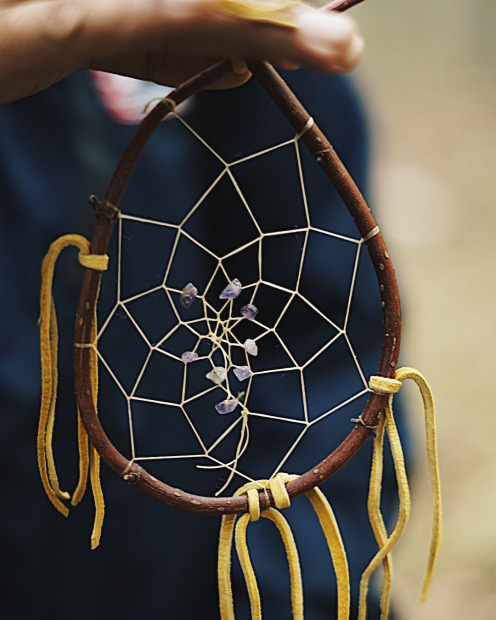
 Wild Ginger (tea) // Asarum canadense // Namepin in Anishinaabemowin
WILD GINGER TEA
Wild Ginger (tea) // Asarum canadense // Namepin in Anishinaabemowin
WILD GINGER TEA
We took a short break for lunch and sipped on Wild Ginger tea, made from the rhizomes of the plant. It has similar properties to true ginger, but has a lighter aroma and taste when made into a tea. It aids in bloating and typically one cup of tea is taken before a huge feast so you can eat to your heart’s desire!



Although I was getting eaten by mosquitos and the rain was pouring all over my notebook as I tried to write, I couldn’t stop smiling throughout the hike. I walked away feeling enlightened, inspired, and hungry to learn more.
When was the last time you enjoyed the great outdoors without your phone? Don’t forget to stop and smell the flowers once in a while.
xo J.F SPREAD THE WORD: